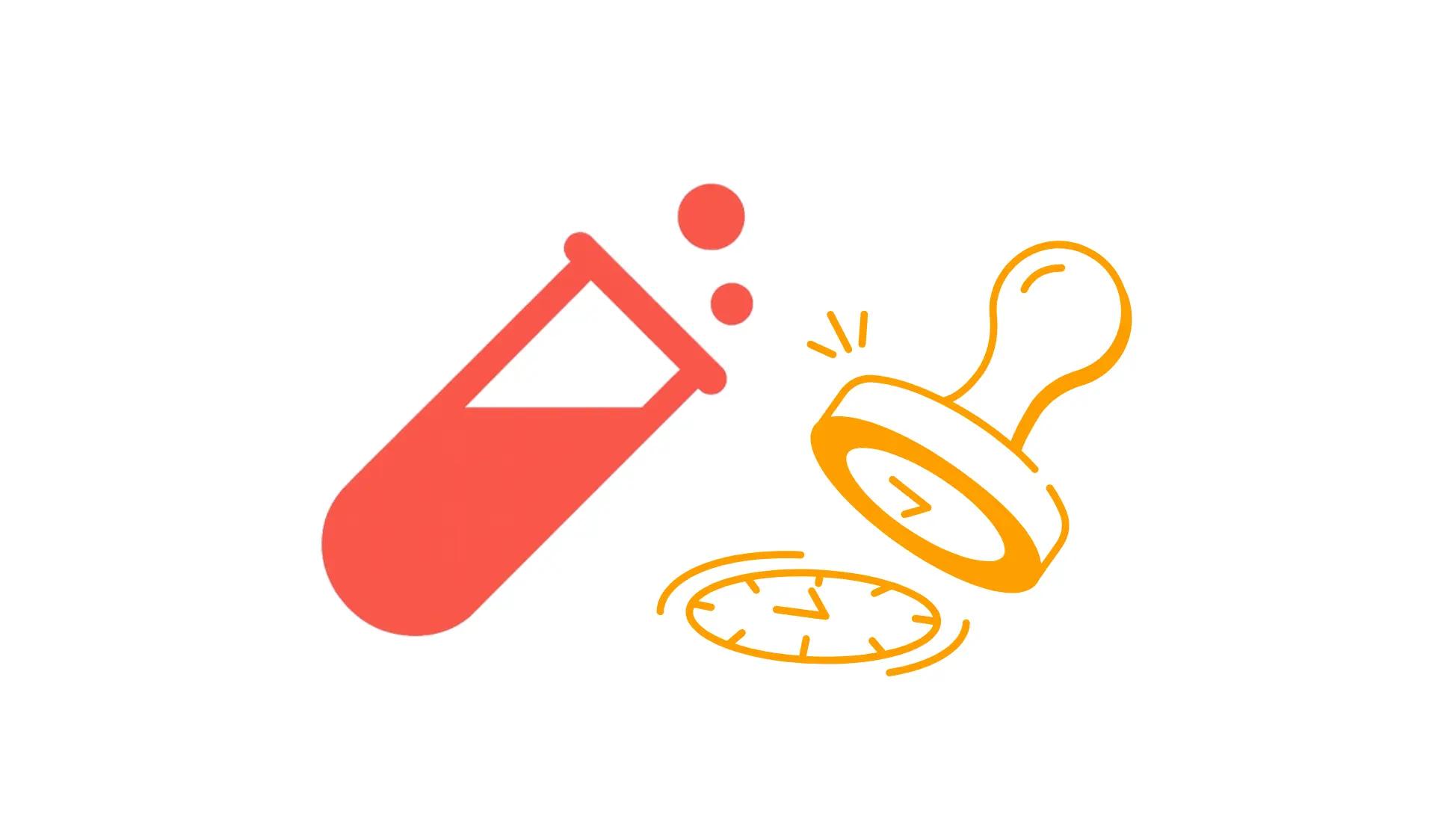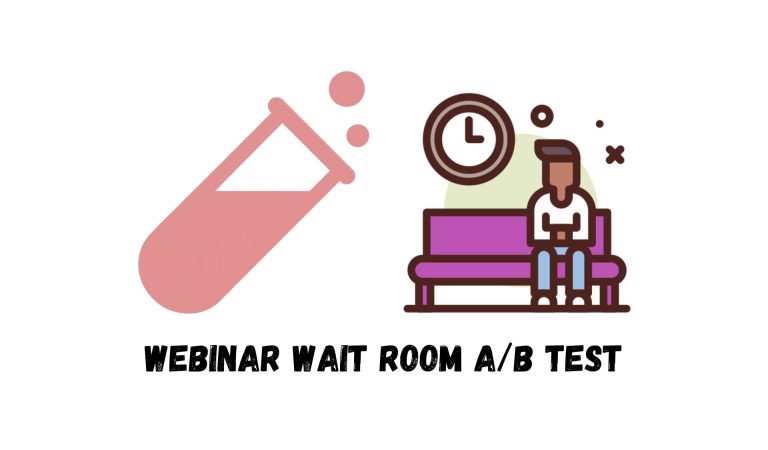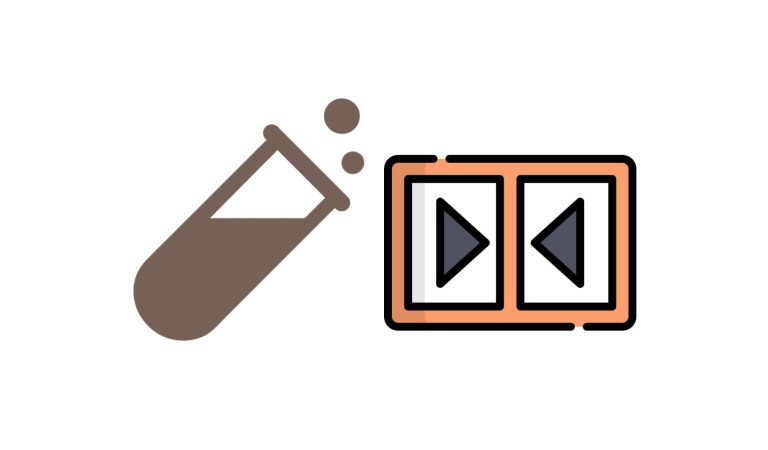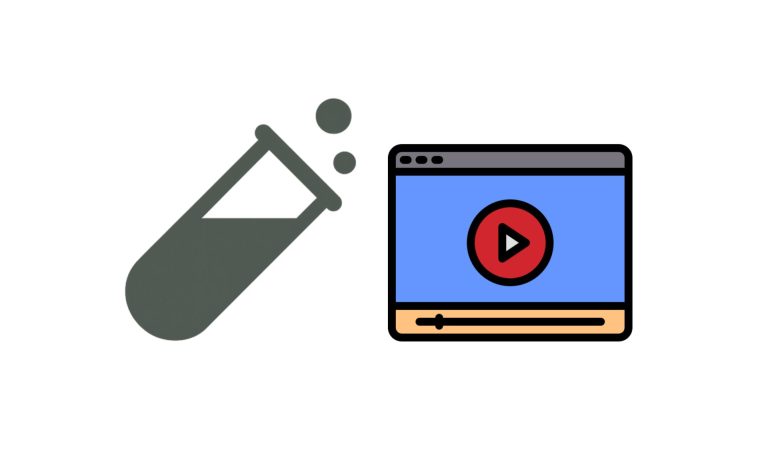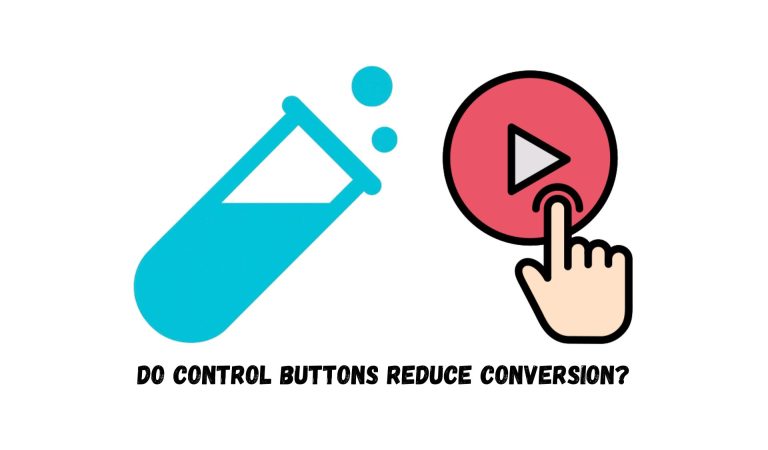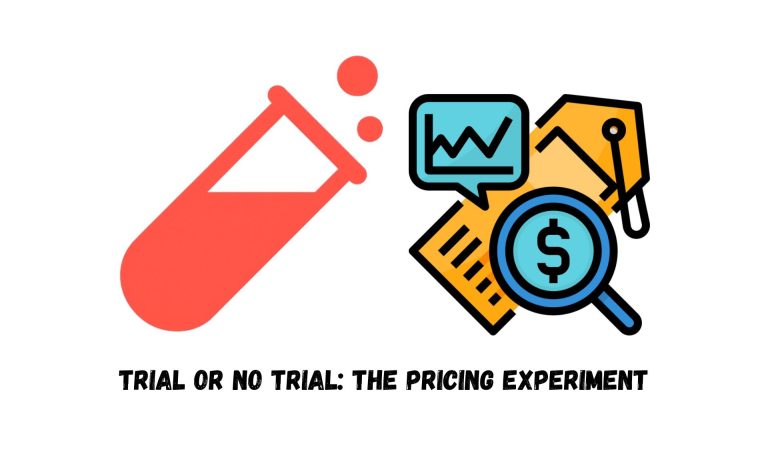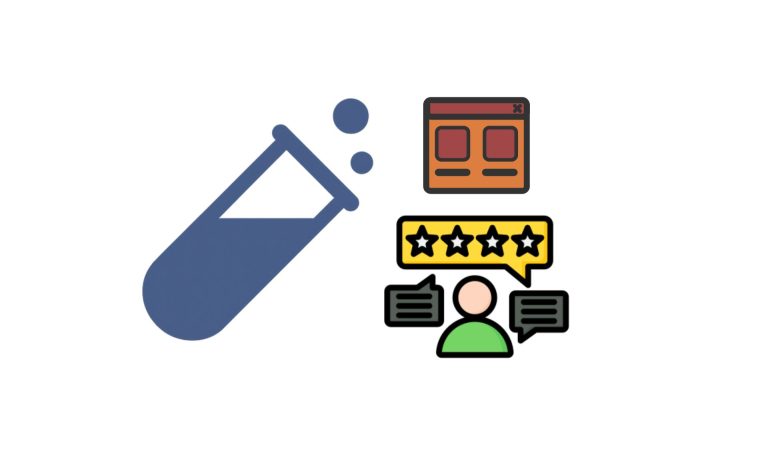Our client’s opt-in page promotes a free 5-day challenge workshop designed to attract qualified leads in their field. To boost urgency and commitment, the header includes a clear, specific timestamp—“Monday, June 2nd, 2025 @ 11 AM ET”—framing the event as a live, scheduled session.
We’re testing whether this detailed timestamp, which creates urgency and feels more like a real event, performs better than a simplified version that omits the time. The hypothesis is that while specificity increases urgency, removing the time might reduce perceived commitment friction and make it feel more accessible.
This test helps us understand the trade-off between urgency and lowering the barrier to entry, aiming to find the balance that maximizes sign-ups.
although the challenge was labeled as starting at 11, the webinar was pre-recorded and participants could actually join at any time.
Our Hypothesis
That led us to this idea:
What if removing the time made the offer feel more accessible and less demanding?
We thought this subtle change might increase opt-ins by reducing decision fatigue or the fear of missing it live. So, we tested it.
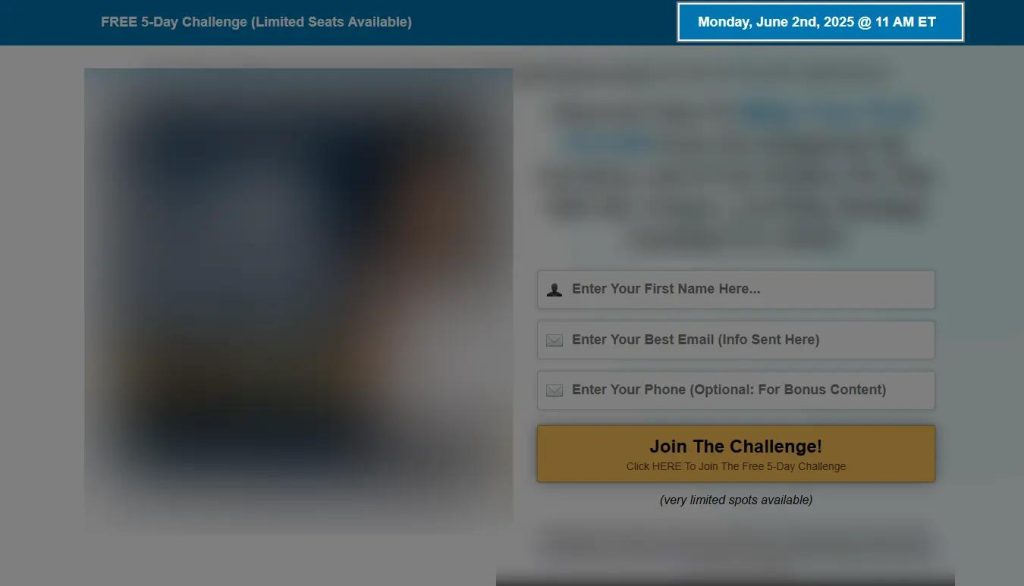
Test Design
We ran a simple A/B test using a feature flag and custom script to control the experience:
- Control: “Monday, February 10th, 2025 @ 11 AM ET”
- Test: “Monday, February 10th, 2025” (time removed)
The goal was to measure which version led to more opt-ins (captured as welcome page views via PostHog).
You can refer to this post for the exact script we use in these types of experiments.
Results
After 25 days and 857 users, here’s what we saw:
| Conversion Rate | Delta | Win Probablity | |
| control | 35.36% | Baseline | 82.15% |
| test | 32.33% | -8.59% | 17.85% |
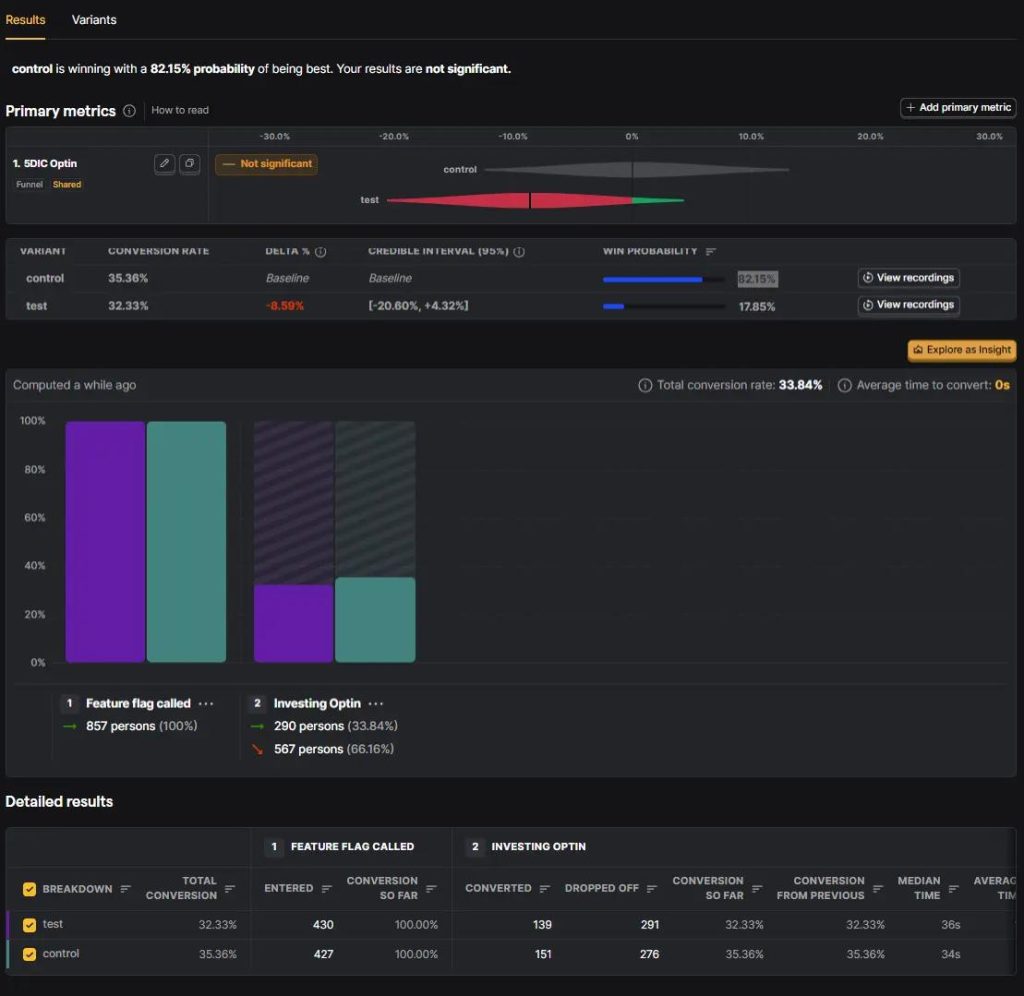
The result wasn’t what we hoped for; removing the time led to a noticeable drop in performance. Instead of reducing friction, it made the page less effective. The version with the exact time clearly performed better.
Our Perspective
This test reminded us why assumptions don’t win conversions, clarity does.
While we expected the looser phrasing to make the challenge feel more approachable, it turns out specificity helped more people say yes. Knowing the exact time gave users a stronger sense of structure and commitment. It likely reduced uncertainty, especially for time-sensitive content like live workshops.
Not every test has to be a win to be a success.
If you want to set up a test like this, PostHog walks you through it in this guide.
And if you’re working with ClickFunnels or Shopify, check out these step-by-step tutorials:
How to Setup PostHog A/B Test on Shopify
How to Setup PostHog A/B Test on ClickFunnels

